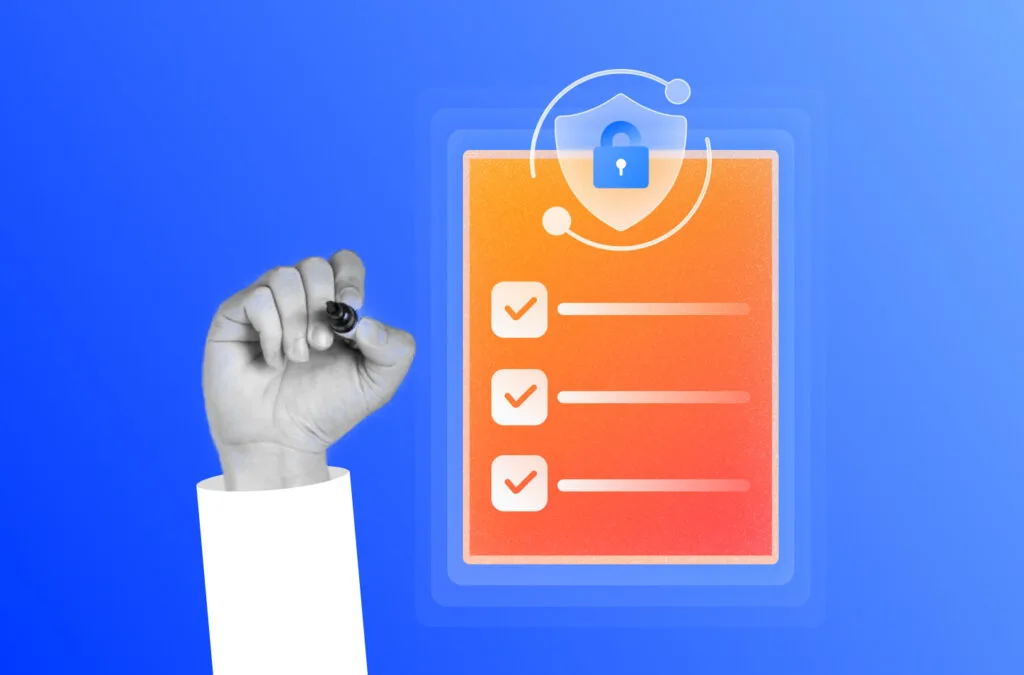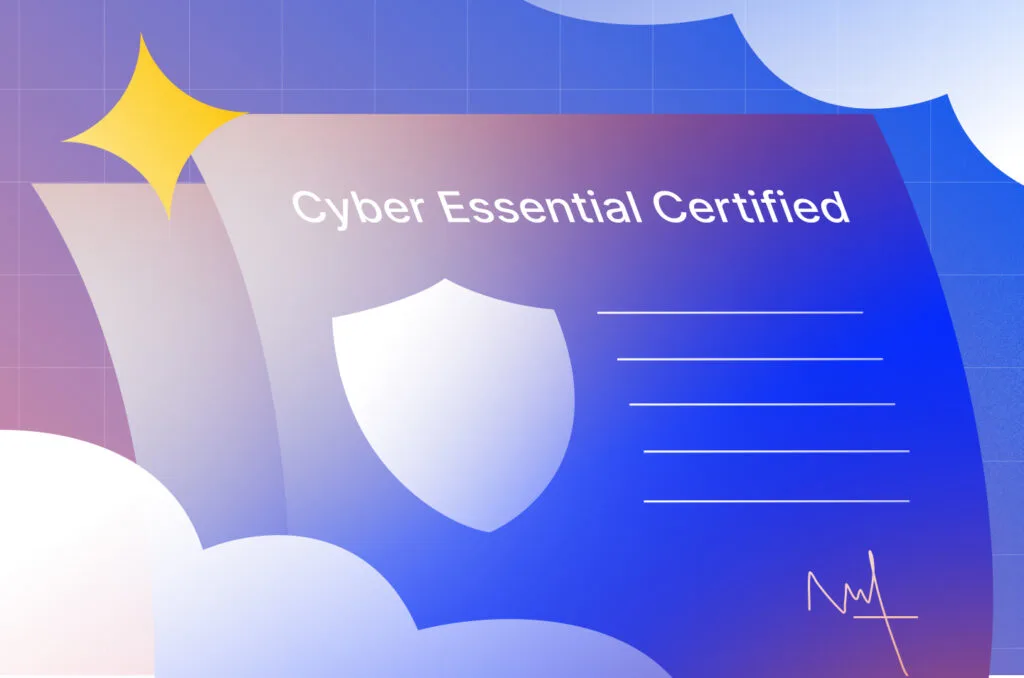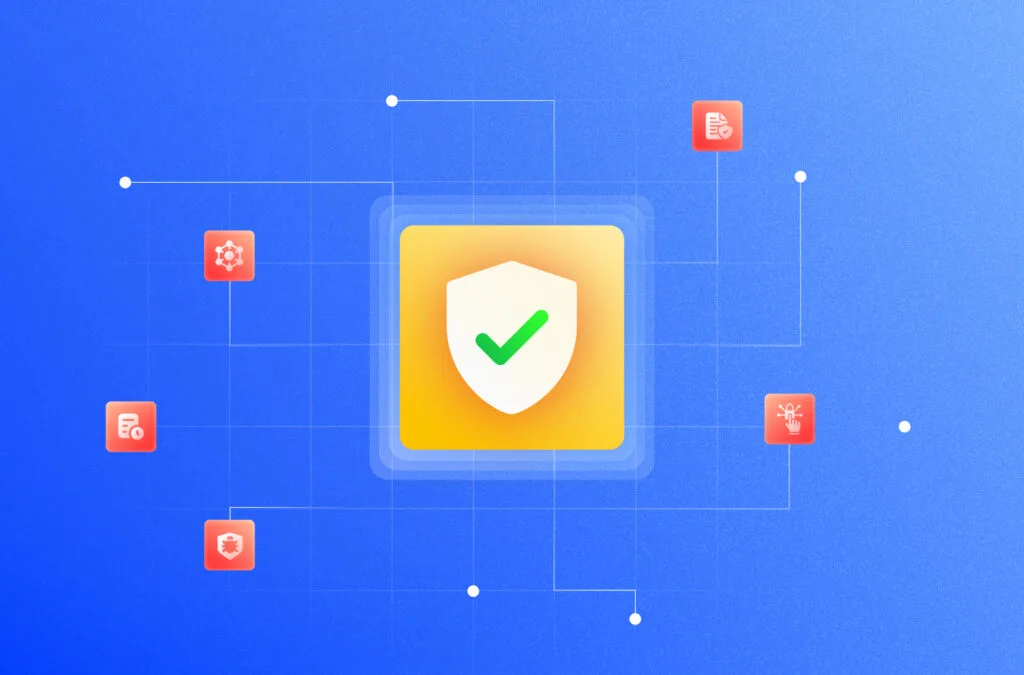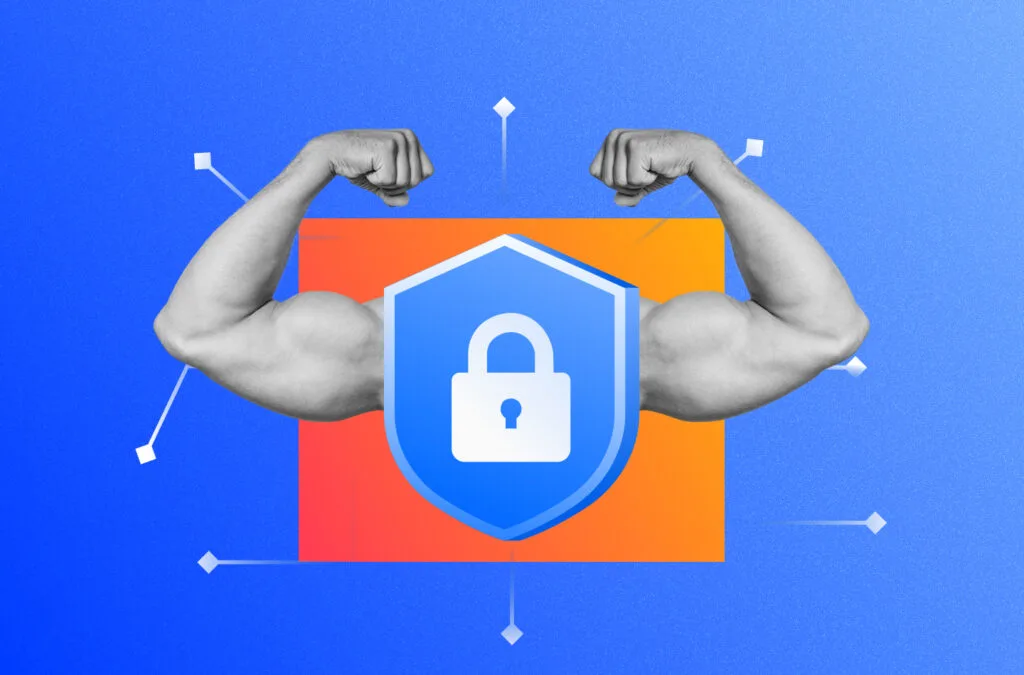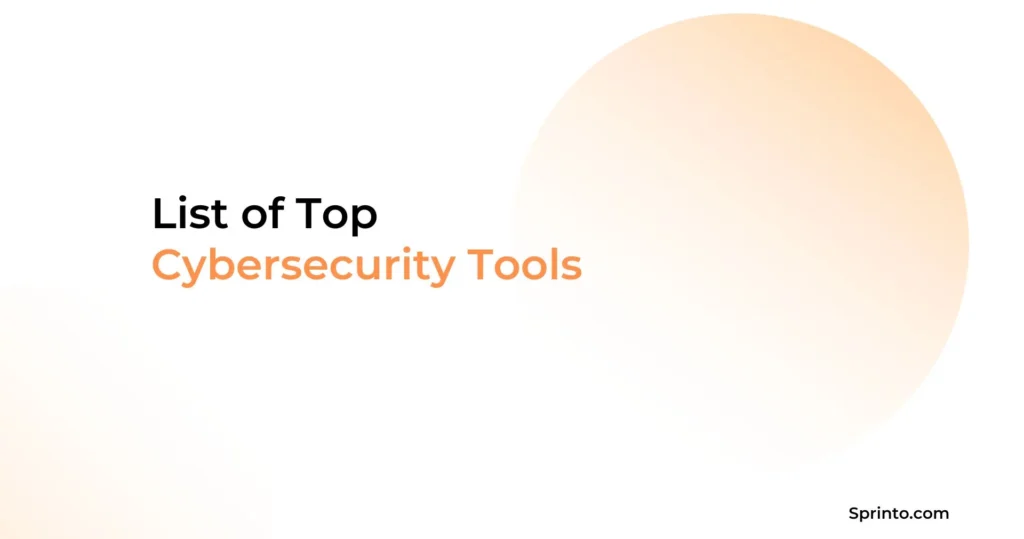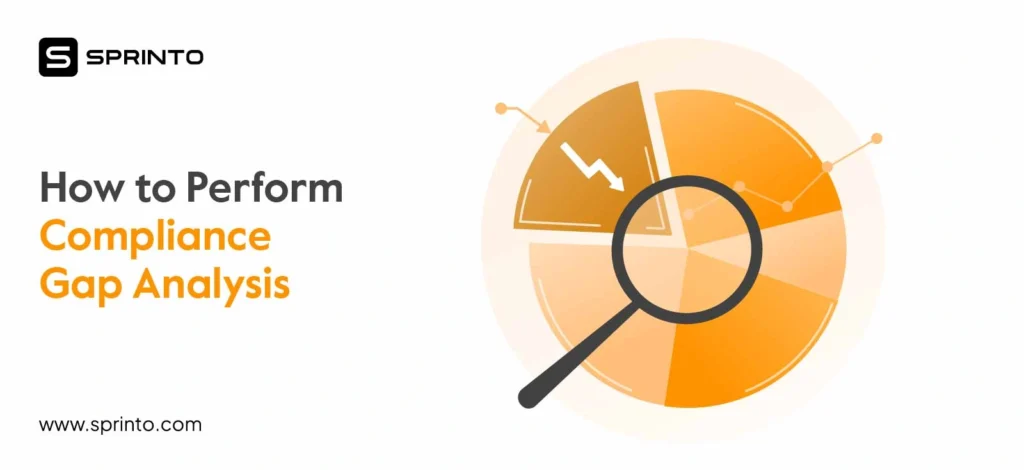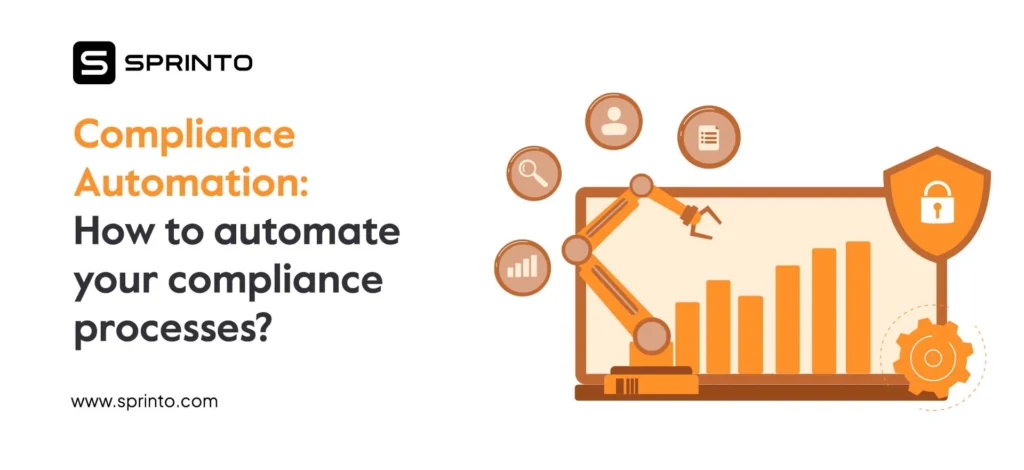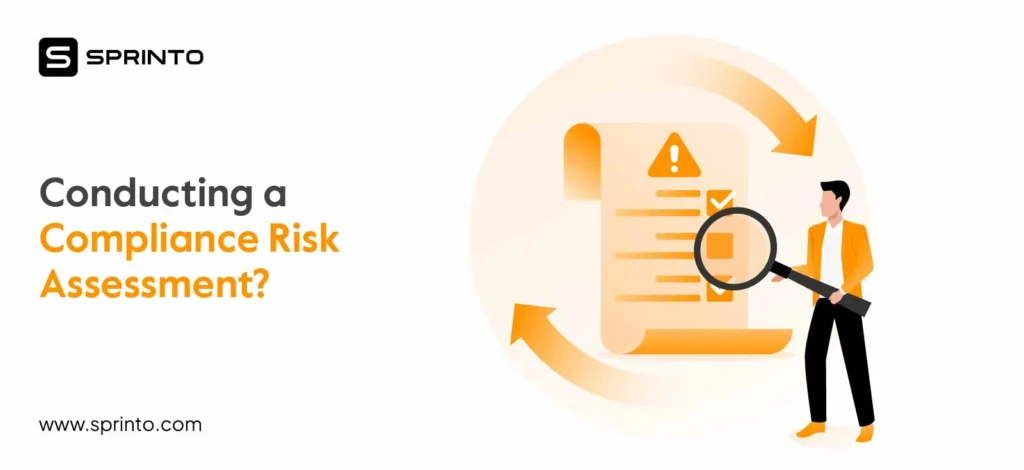While both, Drata and Secureframe are capable GRC automation tools, the nuanced differences in pricing, AI and automation capabilities, and support can make all the difference for your team.
In this blog, we dive deep into the capabilities of the platforms and compare them against 10 key areas to conclude which platform is better suited for what kinds of use cases and teams.
So, without further ado, let the battle begin!
TL;DR
| Ease of Use: Secureframe offers a simpler setup and is generally easier for small teams or first-time compliance users. Drata, while more robust, has a steeper learning curve and suits mature compliance programs that need customization. |
| Audit Support: Drata shines with its continuous evidence collection and audit hub for real-time auditor collaboration. Secureframe simplifies auditor handoffs but may require more manual evidence uploads for complex audits. |
| Automation Depth: Drata delivers deeper automation for monitoring, testing, and evidence gathering across frameworks. Secureframe automates key workflows but still needs occasional manual inputs, especially for custom frameworks. |
| Pricing Comparison: Secureframe starts around $7K for one framework, while Drata starts near $9K, though both vary based on company size and compliance needs. |
| Which Tool to Pick: Choose Secureframe for fast onboarding and guided compliance; pick Drata for scale, richer integrations, and advanced automation once your compliance program matures. |
Round 1: Overview: Drata vs Secureframe
Before taking a deep dive, let us introduce the champions – what they claim to do, in short.
When to choose Drata?
Drata is a compliance automation tool built for engineering-heavy teams that prefer to manage security and compliance in code. It offers strong integrations, real-time evidence collection, and prebuilt controls tied closely to the cloud stack.
Choose Drata if your internal team has the technical depth to configure workflows, prefers heavy automation, and wants control over implementation. It’s especially useful for companies with strong DevOps maturity.
When to choose Secureframe?
Secureframe is a compliance platform built for early to mid-stage companies with clear, straightforward needs. It offers templated frameworks, automated evidence collection, and auditor introductions to help teams move quickly.
Choose Secureframe if you want to check the compliance box to close deals and have the internal bandwidth to manage setup and audits. It works best for teams that don’t need step-by-step guidance and are comfortable handling some of the process on their own.
Round 2: Major differences at a glance
Features may look similar on the surface, but the execution is where the differences become apparent. Here’s how Drata, Secureframe, and Sprinto stack up:
| Secureframe | Drata | Sprinto | |
| Who is it for? | Secureframe is better suited for smaller companies looking to run one or two compliance programs. If you are an enterprise level company, Secureframe may not be your best bet as the platform is not equipped to process large volumes of data or scale efficiently as the level of complexity goes up. | Drata on the other hand is suitable for both small and enterprise level companies. Their solution is highly responsive and offers advanced automation capabilities to process large and complex data fed into the system. | Sprinto caters to small, medium sized, and enterprises. The tool is designed to accommodate and process larger volumes of complex data to ensure uninterrupted growth without hindering compliance activities. |
| AI capabilities | Secureframes’ Comply AI feature offers faster and custom cloud remediation for a strong posture. It uses infrastructure as code (IaC) to recommend accurate remediation aligned with the user’s environment. However, user feedback suggests that the AI features are still in development stages and not as helpful as desired. | While Drata’s AI capabilities are limited, it is built for users who have some level of expertise and may not need guidance at every step. | Sprinto offers intelligent workflows and magic mapping of controls to the right checks. It also uses AI to mark some checks as exceptions. These capabilities are the closest feature to AI. |
| Scaling | The platform is over indexed for simplicity. If you are a small company managing one or two frameworks, it is the perfect choice. Its responsiveness takes a hit as you keep on adding more frameworks. However, it may not be the perfect fit if automation is your primary goal. | Drata can scale and stretch better than Secureframe, thanks to its sophisticated design modules built to offer advanced automation. However, the tool may not offer the simplicity, especially if you don’t do things their way. It is somewhat ineffective when it comes to certain instances where it makes sense to offer more granularity – like accommodating edge cases, for example. | Sprinto’s responsive integrations help to aggregate controls better and ensure that controls are tested accurately. Moreover, its core compliance modules are adequately comprehensive to manage existing requirements and accommodate additional ones as you scale and grow. The highly scalable security programs ensure 100 percent audit success every time. |
| Pricing | Secureframe’s price ranges between from $5000 – $7000 per framework. Each additional frameworks cost $1000 . | Drata’s price ranges between $9,000 for one 1 framework (10 – 50 employees). Each additional framework would cost $1,000 extra | See how Sprinto compares – get your personalized price. |
Sprinto offers a guided setup for non-GRC teams while also enabling advanced configurations and workflows for scaling organizations.
–> Speak to our experts!
Checkout: A Quick Comparison of Drata Alternatives
Round 3: Supported frameworks
| Drata | Secureframe |
| SOC 2 ISO 27001, 27701, 27017, 27018 HIPAA GDPR PCI DSS CCPA CMMC NIST Microsoft SSPA CCM by CSA Custom frameworks | SOC 2 Type 1 and 2 ISO 27001 / ISO 27701 HIPAA GDPR CCPA PCI DSS NIST CSF NIST 800-53 NIST 800-171 NIST Privacy Framework CMMC 2.0 Microsoft SSPA MVSP |
Sprinto supports 35+ frameworks
Sprinto supports all the frameworks mentioned above along with a custom framework of your choice. It reuses controls from existing frameworks to reduce time and eliminate duplicate efforts.
Round 4: Key capabilities compared
While both tools belong to the same software category, subtle differences in capabilities set them apart. While choosing a solution, select the one with a set of functionalities that aligns better with your business objectives.
| Drata | Secureframe |
| Compliance Monitoring Anomaly Detection Cloud Gap Analytics Monitoring And Alerts Sensitive Data Compliance Policy Enforcement Auditing Questionnaire Templates Access Control Risk Scoring Monitoring And Alerts | Compliance Monitoring Anomaly Detection Cloud Gap Analytics Monitoring And Alerts Governance Sensitive Data Compliance Policy Enforcement Auditing Centralized Vendor Catalog Access Control Policies Risk assessment Automated security questionnaire processing |
Round 5: Which tool simplifies audits?
Secureframe
Secureframe comes with built-in programs that help you jumpstart compliance with a framework. It tracks the requirements and due processes for security and consolidates policies and procedures required for audit success.
The platform is a good fit for organizations trying to manage up to two audit engagements. When it comes to large architectures that platform is somewhat obtuse and too many ad hoc activities require manual fine-tuning. Users often have to upload evidence manually.
Also check :Secureframe Alternatives: Compare Top Competitor Pricing, Pros, Cons, & Rating
Drata
Drata’s audit hub facilitates easy review of evidence, eliminates multiple back and forths with auditors by centralizing and organizing relevant audit materials. It comprehensively prepares users for audits by automating evidence collection.
Lacks deep customization capabilities like marking asset exceptions, creating an undesirable number of false positives.
Take charge of your audits
Sprinto’s audit preparation system fully automates your compliance activities using auditor-grade programs that facilitate planning and preparing for multiple audits at the same time.
You can pick an auditor of your choice and collaborate with auditors using a secure, shared dashboard that empowers you to isolate access for ongoing audits, communicate with auditors, and track audit progress from a single window.
Manage your audit life cycle with unmatched precision and high efficiency to ensure audit success and scale faster.
Ace Compliance Audits with Sprinto
Round 6: Control Monitoring
Staying compliant year-round depends on how well controls are tracked. Here’s how each platform handles control monitoring across systems and workflows.
Secureframe
Helps users to automate and customize tests to meet compliance criteria and evidence requirements. Real-time monitoring, alerting, and automated remediation capabilities ensure continuous compliance with selected frameworks.
Secureframe maps common controls across frameworks and monitors at once, centrally.
Drata
Offers real-time visibility of controls to identify issues and ensure quick resolution. Monitors controls in a way that centralizes and streamlines activities to support audits and check progress.
While the tool offers the ability to add custom frameworks, users have to manually add controls and checks.
Stay compliant, stay in control
Sprinto’s end-to-end compliance automation toolkit helps you build, implement, and manage a fully connected compliance program. It ensures granular control mapping, monitors them in real-time, identifies anomalies, and triggers remediation to ensure continuous compliance.
Gain a centralized view of risks, controls, and assets. Test controls against your framework’s requirements and use intelligent workflows to manage controls that cannot be automated. Get context-rich alerts to remediate issues on time.
Round 7: Risk and Vendor Management
Risk and vendor management tools help identify, evaluate, and reduce both internal and third-party risks. The right platform should offer deep visibility, smart automation, and clear paths to fix issues before they become problems. Here’s how the three tools stack up against each other for risk and vendor management
| Feature | Secureframe | Drata | Sprinto |
| Risk registers | Tracks risk status. Flags issues but lacks detailed reporting. | Preloaded library with 150+ risks. Automated scoring, but lacks asset-level depth. | Has an in-built risk register. Detects risks in real time. scores them, maps to controls, and assigns owners. |
| Vendor assessments | Central dashboard. Gives a high-level view of vendor risks. | Central dashboard. Sends questionnaires. Scores vendor risks. | Auto-discovers vendors. Tracks breaches. Maps to compliance. |
| AI support | Uses AI for remediation automation and questionnaires | Has AI-powered VRM agent | Uses AI for vendor scoring and alerts. |
Secureframe
Secureframe provides visibility into risk posture with real-time status tracking and automated assessment workflows. While it effectively flags issues, the level of reporting is not granular.
As for vendor management, the platform offers a centralized dashboard and a high-level overview of vendor risks.
Drata
Drata has a pre-loaded risk library with 150+ risks with automated risk scoring and embedded guidance for risk treatment. Some users however feel a lack of asset-based risk assessment. There’s a separate module for vendor workflows and management. It centralizes your vendor directory, automates impact assessments, and tracks vendor risks in one platform. It enables sending and evaluating custom security questionnaires, and uses AI to summarize responses.
Manage risks with precision and risk intelligence
Sprinto gives you full visibility into risks across systems and vendors. It connects to your cloud, code, HR, and devices to detect misconfigurations and security gaps, then uses industry benchmarks for risk scoring. Risks are mapped to controls and compliance rules, assigned to owners, and resolved through remediation guidance.
Vendor risks are managed through a dedicated dashboard. Sprinto scans your systems to auto-discover vendors, including shadow IT, and centralizes them into one catalog. You can configure vendor risk factors, use AI for quick assessments, track real-time breach alerts, and map vendor controls to your compliance programs.
Checkout: Drata VS Vanta: Compare All Differences
Round 8: Integrations
Integrations are an important deciding factor as the depth and breadth of these connections directly impact the reliability of automation.
| Platform | Integrations |
| Secureframe | 300+ integrations across cloud, HR, device management, developer tools, and more |
| Drata | 170+ integrations covering SSO, HRIS, cloud, security tools, and more. |
| Sprinto | 300+ seamless integrations and custom APIs with quick setup. |
Secureframe
Offers 300+ integrations covering a wide range of systems like cloud services, business suites, background checks, human resources, device management, developer tools, and task management. Integrates well with most systems to help businesses complete compliance audits
Integration with large systems like AWS is time-consuming. Sometimes, a few integrations don’t function smoothly, requiring manual work to upload evidence. Its limited, poorly responsive integrations and API creates an undesirable amount of false positives and negatives.
Drata
Offers 170+ integrations, covering a wide range of systems like SSO, background check providers, cloud identity providers, security awareness training, vulnerability scanning, ticketing, HRIS, cloud service providers, device management, and more.
The low number of native integrations affects the platform’s ability to run automated tests and verifications. Moreover, their integrations are not sufficiently responsive, requiring manual effort and poor APIs.
Integrate seamlessly, sprint through effortlessly
Sprinto integrates with 300+ systems and applications seamlessly and quickly to build compliance workflows and monitor controls against your security standards.
If our system does not have an existing application in our integration library, our team will build it for you and manage the manual activities associated with it.
Round 9: Support and Expertise
Support quality is best judged on key factors like responsiveness, availability across time zones, expertise of the support team, and their ability to guide you through audits. Here’s how the tools stack up for support:
Secureframe
Secureframe resolves high-severity tickets within 4 business hours, across all time zones. For less critical issues, the timeline is one day. The tool is appreciated for its responsiveness and support.
Drata
Drata’s support is available from 6am to 6pm Pacific time, and the median response time is about 3 minutes.
Sprinto: Expert support, from day 1
Right from onboarding all the way to certification and beyond, we hold your hand at every stage of your compliance journey, so nothing feels confusing or overwhelming. Sprinto’s certified experts provide 24×5 white-glove support with a 20-second average first response time, 70% one-touch ticket resolution, and a 100% audit success record. 30% of our tickets are resolved within an hour.
Round 10: Picking a Solution That Fits Your Business
We hope this did not overwhelm you with too much information!
Based on our analysis, both solutions offer robust capabilities to ensure compliance and help businesses scale.
Determining a winner is not straightforward or objective – it all boils down to your business objectives and features that make your job easier. While some users may find Drata more intuitive, others would choose Secureframe.
If you are still unsure, check out how Sprinto helps fast-growing businesses move fast and win big. Using out-of-the-box security management programs, continuous control monitoring, and automated evidence collection, we fill the gaps where other tools fail.
Talk to our compliance ninjas today to understand how our smart and scalable platform makes compliance possible.
FAQs
Drata helps organizations streamline and automate their compliance and security processes. Its platform is designed to simplify and enhance the way companies manage their security and compliance programs through continuous compliance monitoring, security audits, workflow automation, and risk assessment.
Secureframe is a cybersecurity and compliance automation platform that helps businesses streamline the process of achieving and maintaining various compliance certifications and standards. It simplifies compliance efforts through automated evidence collection, control monitoring, audit preparation, document management, and risk assessment.
Sprinto stands has an intuitive interface, highly customizable solutions, and comprehensive support. It excels in automation, reducing manual tasks with real-time monitoring and updates, and integrates seamlessly with a wide range of tools and platforms. These features make Sprinto more user-friendly and effective, ensuring continuous and efficient compliance management tailored to specific business needs.
Few of Drata’s core competitors are Secureframe, Sprinto, Vanta, Tugboat, AuditBoard, Wiz, and Hyperproof.
Drata is best suited for tech-forward teams with the internal capacity to manage compliance autonomously. If your organization already has strong internal security practices and you’re looking for a tool to plug into your existing workflows, Drata gives you that control.
Secureframe, on the other hand, appeals more to early-stage companies that need hand-holding and a more guided implementation process, especially those with lean tech teams or no prior compliance experience.
Sprinto is purpose-built for scaling compliance and not just clearing your first audit. Here’s how it stands apart:
– Continuous monitoring across all controls (automated + manual), not just evidence collection.
– 300+ integrations to give total asset visibility
– Tiered, proactive alerting before a control fails and not after.
– Dedicated compliance managers and 24/7 support, staffed by certified ISO Lead Auditors.
– Built-in MDM, risk, and incident tracking, eliminating the need for extra tools
– All-inclusive pricing and no cost per module
Drata’s response time is as per US business hours, and the standard support SLA is usually 1-2 days. The median response time for chats is 3 minutes.
Secureframe response time is based on the criticality of the event, across all time zones. For a highly severe problem, the average response time is 4 business hours, and for medium and low severity issues, replies range from 8 hours to 1 day, respectively.
With Sprinto, the standard first response time is 20 seconds, and 30% tickets are resolved within an hour.
Anwita
Anwita is a cybersecurity enthusiast and veteran blogger all rolled into one. Her love for everything cybersecurity started her journey into the world compliance. With multiple certifications on cybersecurity under her belt, she aims to simplify complex security related topics for all audiences. She loves to read nonfiction, listen to progressive rock, and watches sitcoms on the weekends.
Explore more
research & insights curated to help you earn a seat at the table.









